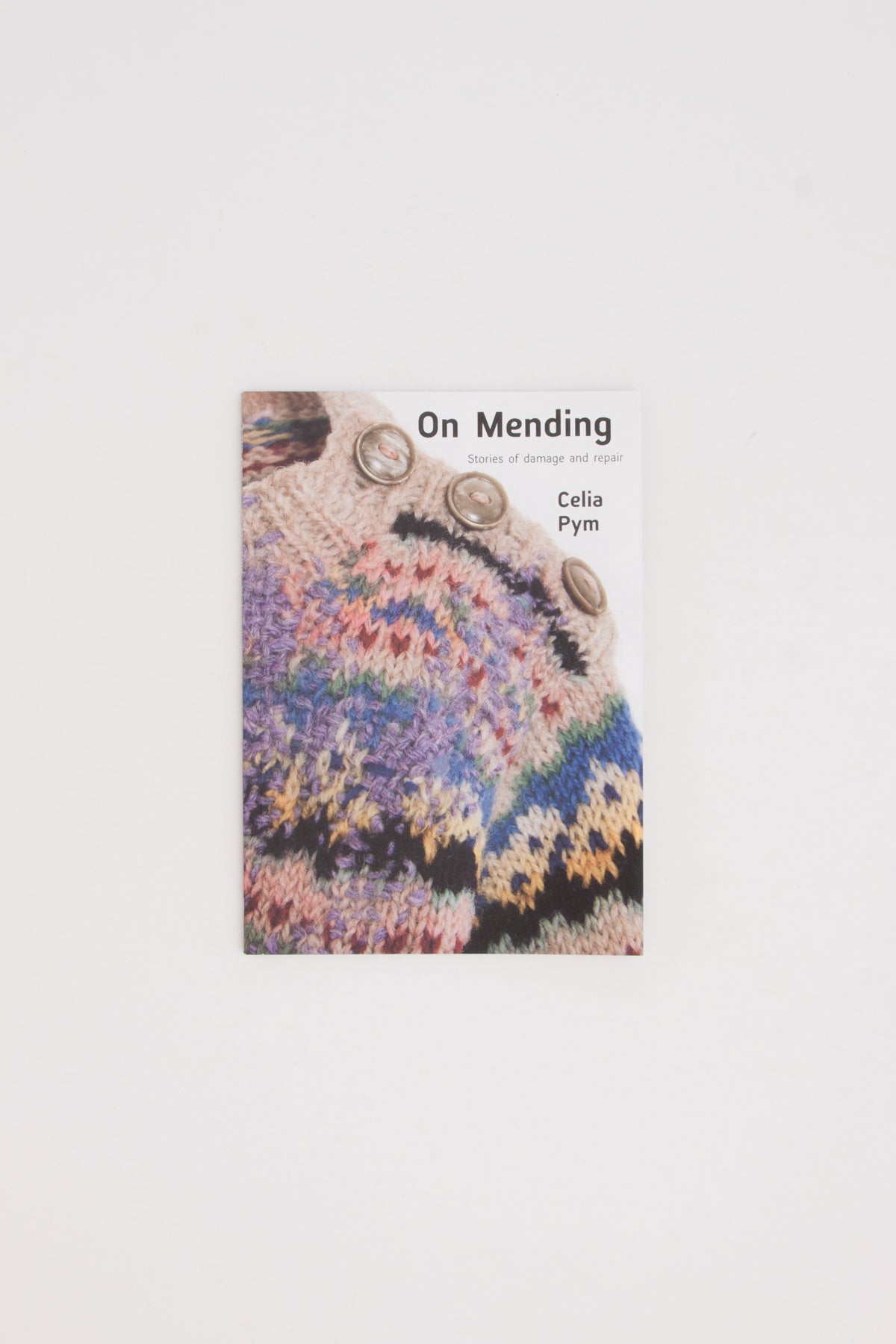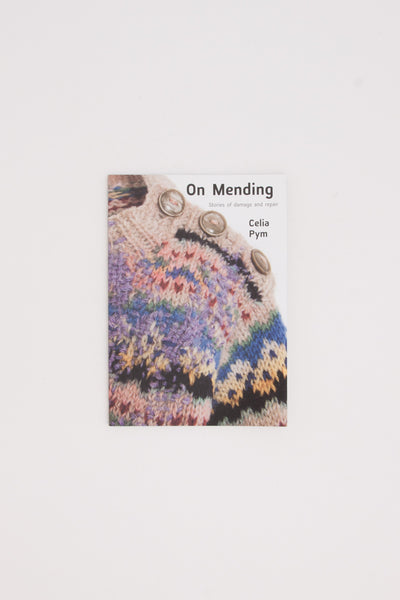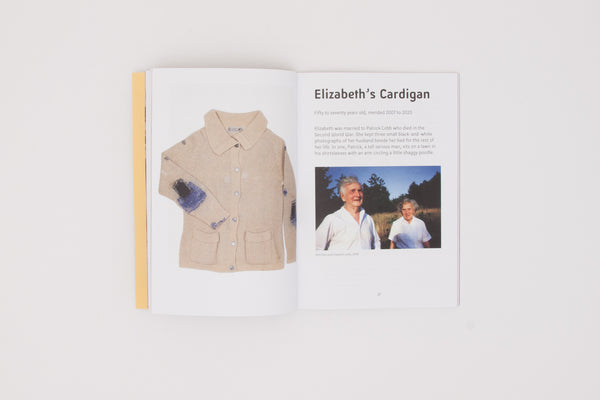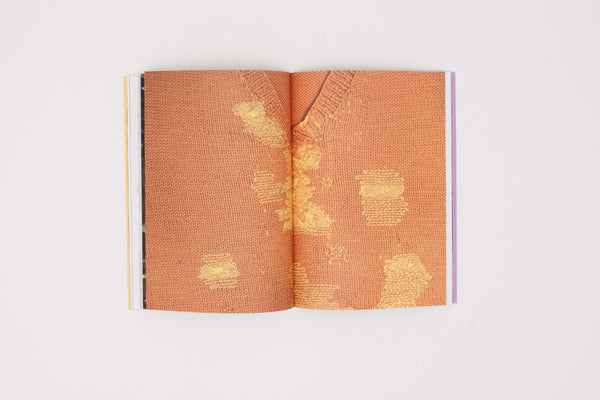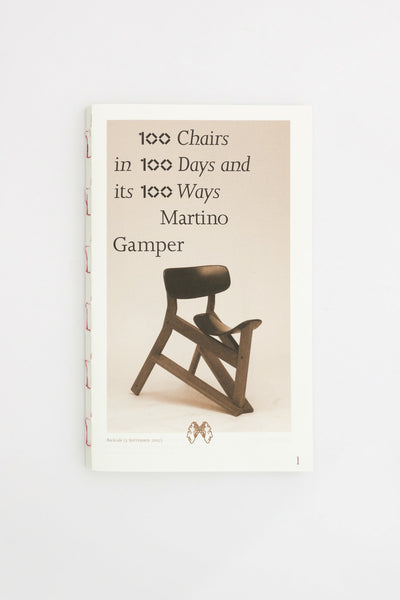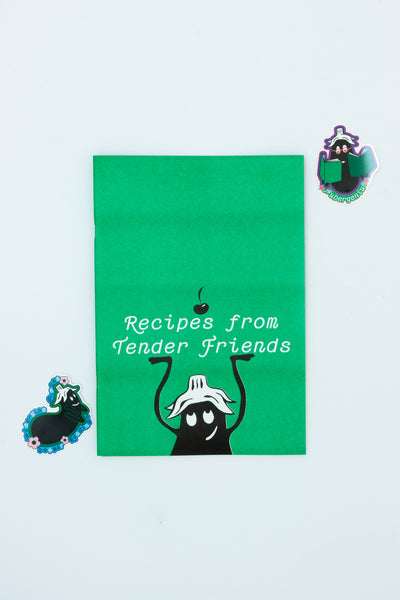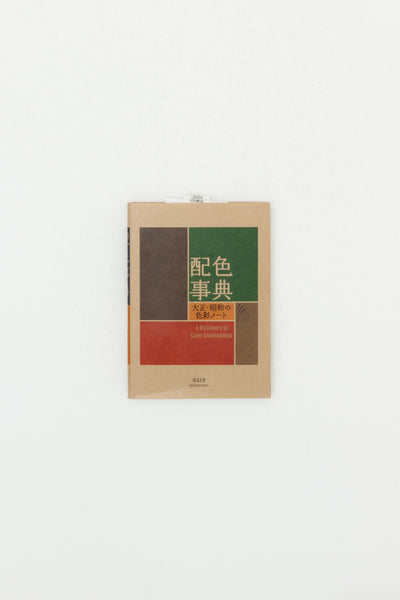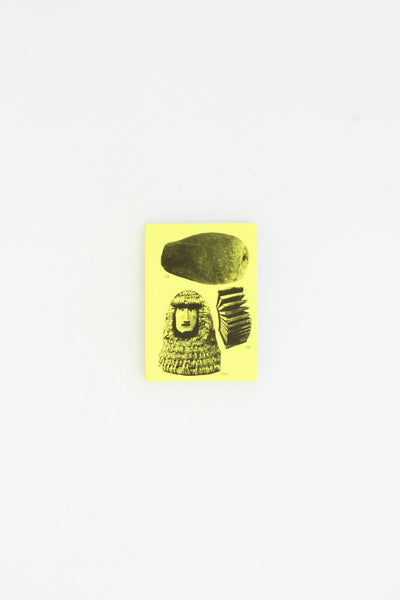On Mending. Stories of damage and repair. - Celia Pym
A fascinating insight into the work of a pre-eminent craftsperson, inspired by hearing stories from people’s lives, of loss and love as a result of mending the holes in their clothes. Not a ‘how-to’ book, this is rather an in-depth look into the damage that we do, as manifested by our outer layers, our clothes.
The artist Celia Pym lives in London and has been exploring damage and repair in textiles since 2007. Working with garments that belong to individuals as well as items in museum archives, she has broad experience with stories of damage, from moth holes to accidents with fire.
Textile language crops up in the body: mending language works on the body as well as on garments. We describe the body as mending after illness or injury – ‘I’m on the mend,’ someone might say if they’re feeling better. You might hear a doctor or nurse describe a broken bone as ‘mending well’, or broken bones are often described as knitting back together as the break heals.
Pym is interested in exploring the varied evidence of damage, and how repair draws attention to the places where garments and cloth wear down and grow thin. These personal tales document the intimate damage caused to clothing by everyday use and the parallels with the consequent wear and tear on the body.
Mending work builds on what is left behind. It’s not replacing, or remaking, or cutting apart and putting back together, instead it is slow work that makes things better. It conjures an unhurried recovery or change. In textiles, the act of mending wear-and-tear, thinning cloth or accidental damage builds on what already exists, anchoring threads and yarn into the robust healthy fabric and filling in the holes or reinforcing the areas that are weak. ‘Darning is small acts of care,’ she says, ‘and paying close attention.’
Quickthorn, 2022
Softcover
240 x 170mm

